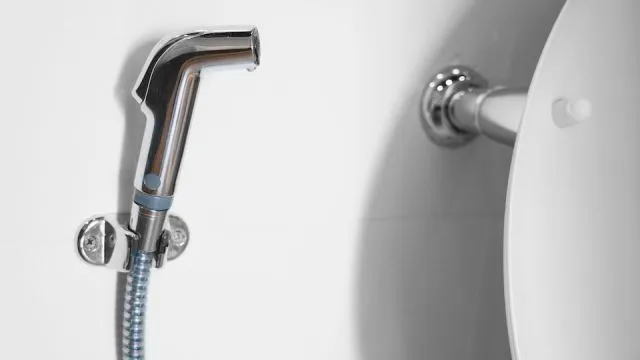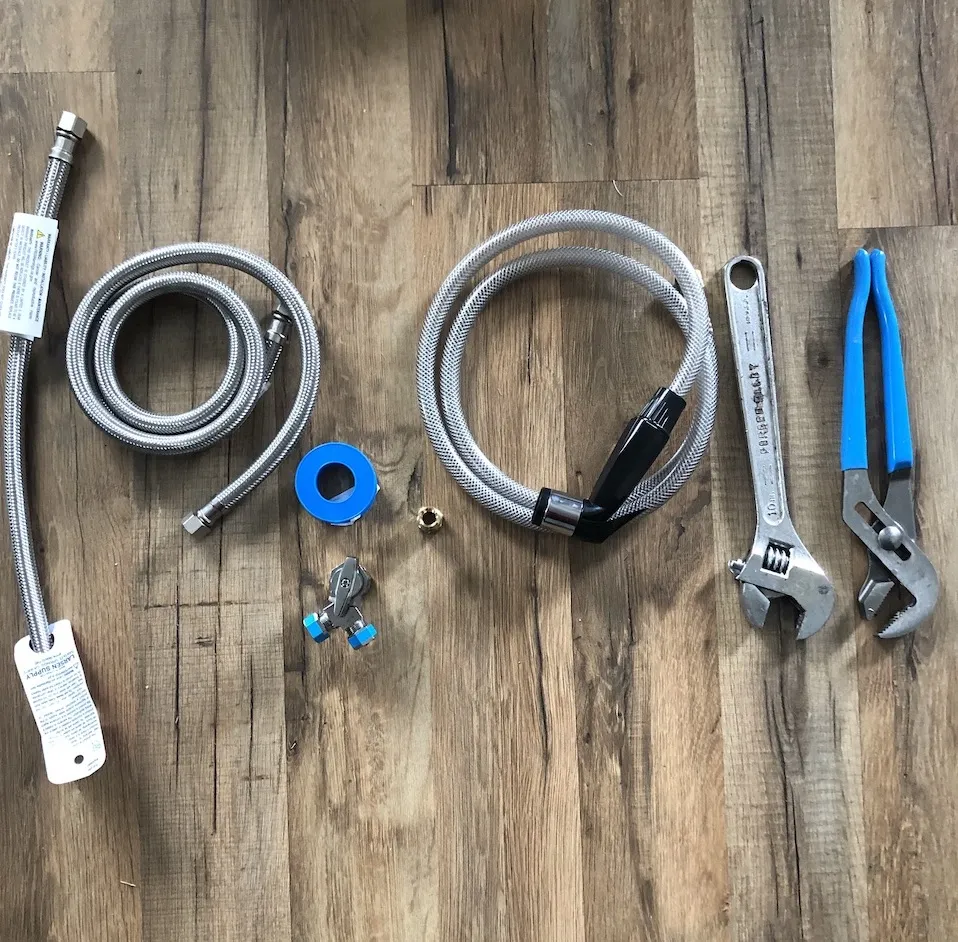
With the present state of emergency that our country and our world is in, there are many good things we should be doing. Of course, following the governmental recommendations of handwashing, social distancing and other guidelines are primary in the battle against the unseen enemy at hand. However, being prepared in other ways is also a good thing. But what this doesn’t include is hoarding critical supplies like toilet paper. If you, like me, have found yourself astonished with the current toilet paper crisis, I have a great idea for you.
Not every culture uses toilet paper
We clean our bodies with soap and water, our hands with soap and water, our clothes with soap and water but our bottoms with dry paper…Does that make sense? Not everyone everywhere has the same hygiene methods – the Japanese toilet is like a toilet with a hairdryer, while other cultures use bidets or handheld shower-type cleaning devices, and in some countries, sponges, soft towels or wet naps are the preferred method of cleansing. But what is really best way to take care of business?
Although the idea of ditching your toilet paper may seem a bit scary, millions of people all over the globe don’t use it. Some do so for environmental reasons, while some feel that toilet paper does not do the job well enough. Others believe that it is downright dangerous.
Before Toilet Paper
Toilet paper has not been around forever. In Ancient Rome, a sponge placed on the end of a stick immersed in saltwater was used as a bottom cleaning tool. Eskimos are reported to have used tundra moss in the summer, and handfuls of snow in the winter and those in tropical locations used coconut or mollusk shells. Primitive America favored corn husks, rocks, sticks, leaves, and even linen before toilet paper arrived on the scene in the late 1800s. It is easy to see how toilet paper was a welcome departure from sticks, shells, and corn…ouch.
A bidet is environmentally friendly
If reducing your carbon footprint is a priority, consider the strain that toilet paper manufacturing puts on the earth. Making one roll of toilet paper uses a ton of electricity, almost 2 KWH, and well over 35 gallons of water and nearly 1.5 pounds of wood. Americans use over 30 million rolls of toilet paper in just one day. This is equivalent to 200,000 trees, 250 million gallons of water, 160 million KWH of electricity, and almost 90 million pounds of greenhouse gases.
Wiping is dirty business
Let’s face it, wiping is dirty business, and often our hands get in the way. Without exemplary handwashing techniques, there are bound to be contaminants remaining. Also, wiping soft tissue with paper often leads to anal fissures and can irritate hemorrhoids. If your toilet paper is white, it could contain bleach. Chlorine bleach creates dangerous toxins that can accumulate in the body, causing serious health conditions.
Build your own bidet on a budget
Installing an entirely separate bidet is a major construction project, bearing a huge price tag. However, there are a couple of awesome bidet hacks that won’t break the bank. The first is a bidet-type feature on an existing toilet, which is an easy and inexpensive alternative.
However, there is even something easier and less expensive. Another option that includes the installation of a handheld bidet device to shower your bottom area after bathroom use. These can be tied right into your home water supply and hooked to the edge of your toilet.
The great thing about this project is that anyone can do it, it costs under $50, and no special tools are required. Considering that the average American uses $10 worth of toilet paper per month, and a family of four would use $40 or more, a $50 bidet pays for itself pretty quickly. Sounds like a pretty good solution to me during this present toilet paper crisis and beyond!
Instructions for making your own bidet
 Supplies
Supplies
- ½ inch x ⅜ inch x ⅜” inch t-valve
- 3-foot flex hose
- Flex hose that will reach from the t-value to your toilet tank
- ⅜ inch x ¼ inch adapter to connect kitchen sink sprayer to flex hose –
- Kitchen sink sprayer assembly
- Plumbers tape
- Adjustable crescent wrench
- Channel-lock pliers
Instructions
- Turn off the water supply valve that is at the wall next to your toilet. Twist it clockwise as far as you can.
- Flush the toilet and hold down the handle – this will completely empty the tank.
- Take off your old valve down by the toilet.
- Put plumbers tape on all threaded connections.
- Install your t-valve to your main water supply.
- Install your tank to the water supply using a flex hose.
- Install your sprayer hose to the other side of the t-valve.
- Turn on the water and check for leaks.
Note: Ask your local hardware store if you need help.
While much of what you choose for your bathroom hygiene remains highly personal, it is nice to know that options exist. Some even say that once you go bidet…you will never go back.
The best news of all is that you can avoid the toilet paper crisis altogether and maybe share those few extra rolls you have with a neighbor in need!
-The Alternative Daily

